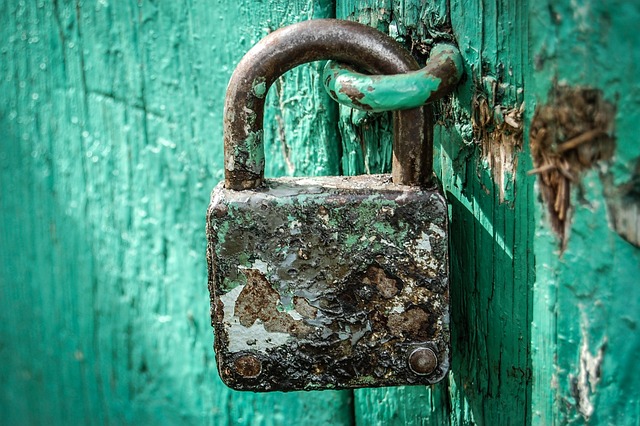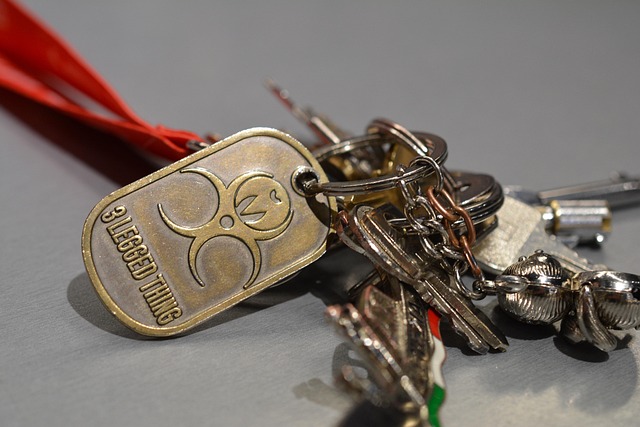In rural settings, motion detectors are vital for enhancing home security due to extended isolation. These sensors monitor outdoor spaces, deterring criminals and alerting homeowners quickly. When choosing motion sensors for large rural properties, consider range, sensitivity, weatherproofing, activation mode, and latency. Proper installation, regular testing, cleaning, and updates ensure optimal protection for rural homes, addressing unique security challenges in these areas.
In the vast landscapes of rural homes, where open spaces abound, ensuring robust security is paramount. This article explores motion detectors tailored for large outdoor areas, addressing the unique security needs of rural living. We delve into their role as vigilant sentinels, guarding against unseen intruders. Understanding key features and installation best practices ensures optimal performance. Discover expert tips to enhance your home’s security in these expansive, often remote settings, leveraging technology to safeguard what matters most in rural environments.
- Understanding Rural Home Security Needs
- The Role of Motion Detectors in Outdoor Space Surveillance
- Key Features to Consider When Choosing Motion Sensors for Large Outdoor Spaces
- Installation and Maintenance Tips for Optimal Performance
Understanding Rural Home Security Needs

In rural settings, where vast landscapes and scattered homes define the terrain, understanding home security takes on a unique dimension. Unlike urban or suburban environments with close-knit communities and readily available neighbors, rural residents often face distinct challenges in maintaining their property’s safety. Motion detectors, for instance, play a pivotal role in addressing these needs, providing an extra layer of protection against unexpected intruders. These devices are specifically designed to adapt to the unique conditions of large outdoor spaces, where open areas and longer response times may be typical.
Rural homes often rely on extended periods of isolation, necessitating efficient yet versatile security solutions. Motion detectors, with their ability to detect movement over a wide radius, can effectively deter potential criminals. Additionally, these devices are crucial in monitoring borders and alerting homeowners of any unusual activities, ensuring peace of mind and swift reaction times in case of an emergency.
The Role of Motion Detectors in Outdoor Space Surveillance

Motion detectors play a pivotal role in enhancing outdoor space surveillance, especially in remote or rural settings where traditional security systems might face challenges. These advanced sensors are designed to detect any movement within their range, providing a robust layer of protection for homes and properties in isolated areas. For homeowners seeking home security for rural areas, motion detectors offer peace of mind by enabling them to monitor their surroundings 24/7 without constant human vigilance.
In large outdoor spaces, where visibility might be limited due to foliage or natural terrain, motion detectors act as vigilant sentinels. They can detect intrusions in hard-to-watch areas like backyards, fields, and forests, triggering alerts that allow property owners to take immediate action. This proactive approach to security is particularly valuable for rural communities, where crime rates might be lower but the consequences of an intrusion can be significant due to limited access to immediate help.
Key Features to Consider When Choosing Motion Sensors for Large Outdoor Spaces

When selecting motion sensors for large outdoor spaces, several key features should guide your choice to ensure effective home security for rural areas. Firstly, consider the sensor’s range and sensitivity. Outdoor environments often require longer detection ranges due to potential obstructions like trees or buildings. High-sensitivity sensors are crucial for picking up subtle movements, ensuring no potential threats go unnoticed. Additionally, weatherproofing is essential as these sensors will be exposed to varying climates. Look for products with robust housing designed to withstand harsh outdoor conditions, protecting the sensitive internal components.
Another vital aspect is the sensor’s activation mode and latency. Some sensors employ passive infrared (PIR) technology, which detects body heat, while others use advanced features like digital signal processing (DSP) for improved accuracy. Lower latency means faster response times, which can deter potential intruders effectively. Additionally, consider the number of zones covered by each sensor to ensure comprehensive protection across your property. This is particularly important in rural areas where larger land parcels require robust security measures.
Installation and Maintenance Tips for Optimal Performance

Proper installation is key to ensuring your motion detectors provide optimal protection for large outdoor spaces. When setting up sensors for homes in rural areas, consider placing them at strategic points along perimeters, focusing on areas with dense vegetation or potential blind spots. Regularly test coverage by simulating movements within the detection range to confirm accuracy. Ensure sensors are mounted at the recommended heights and angles, as specifications vary based on model.
Maintenance involves a combination of routine checks and seasonal adjustments. Periodically clean sensors to remove dust and debris buildup, which can affect sensitivity. In colder climates, consider winterization measures like protecting sensors from extreme frost or ice accumulation. Additionally, keep an eye out for any damage or obstruction that might hinder performance. Regular calibration and firmware updates, often available online, further contribute to maintaining peak efficiency in home security for rural areas.
Motion detectors are an essential tool for enhancing home security in rural areas, offering a cost-effective and efficient way to monitor large outdoor spaces. By understanding the specific needs of rural homeowners and selecting the right sensors with key features like long-range detection, low-light performance, and weather resistance, you can ensure optimal surveillance. Proper installation and regular maintenance are also vital for these devices to function at their best, providing peace of mind in every season.
